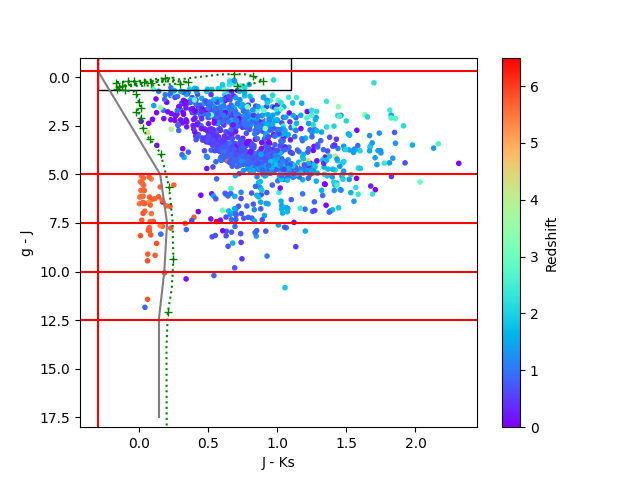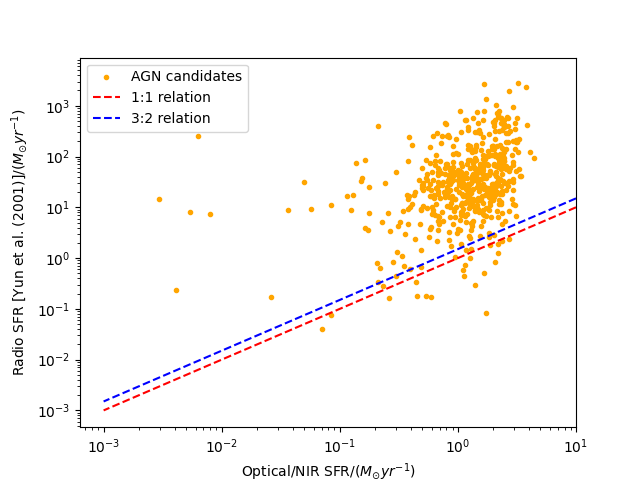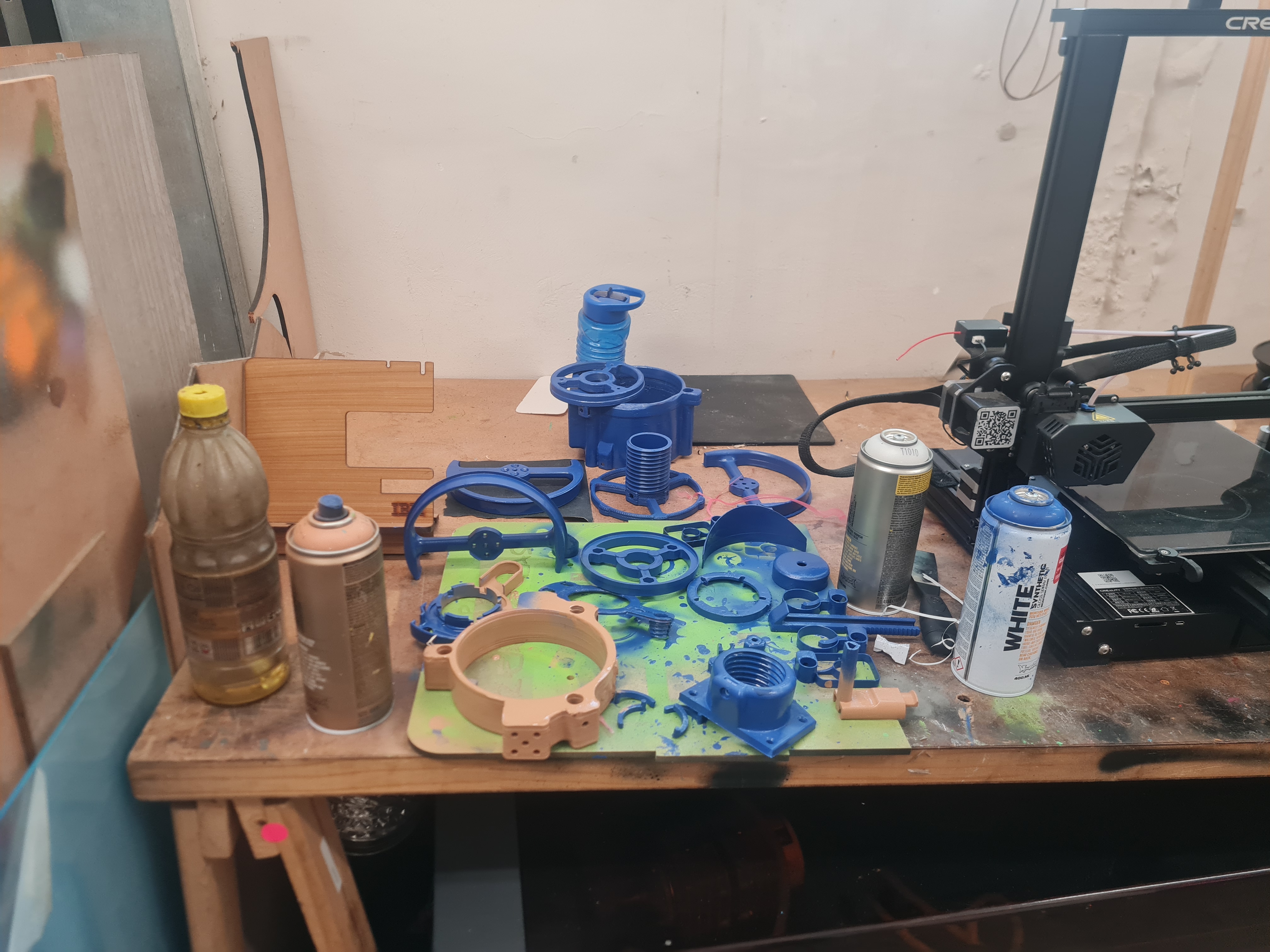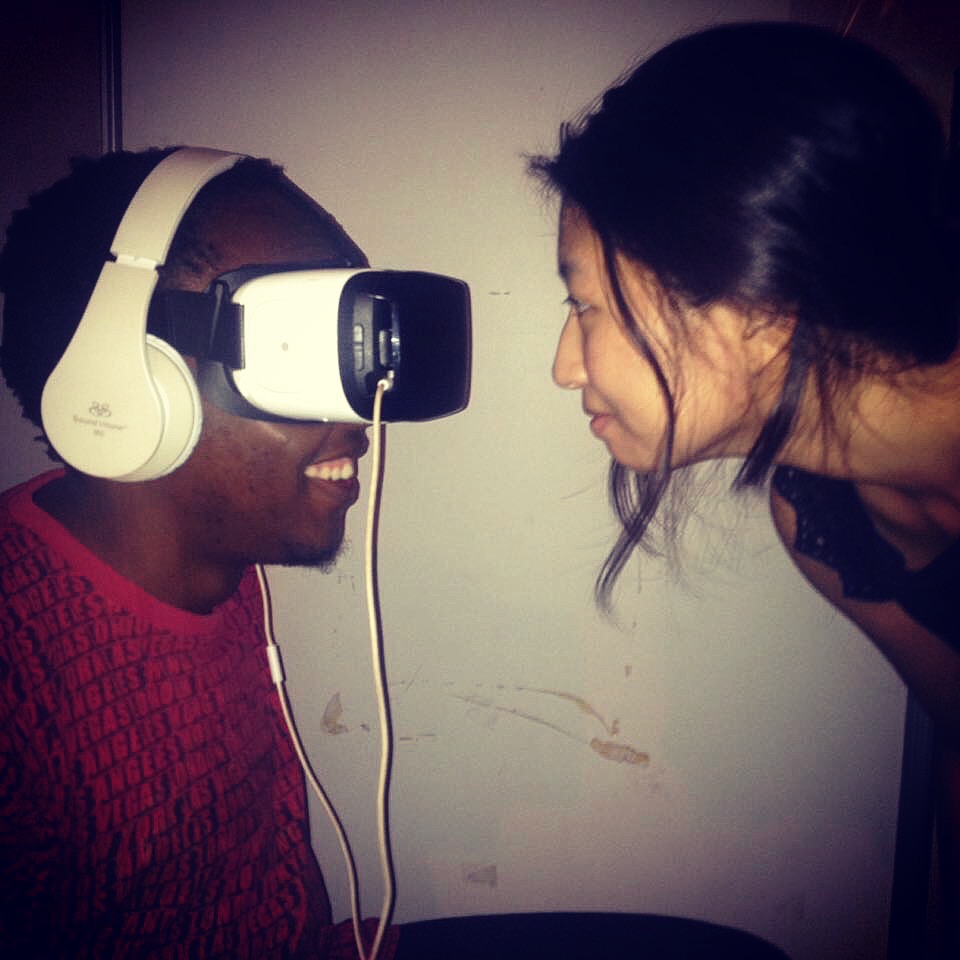Neo Namane

Data Scientist | Astrophysicist
About Me
- Name: Neo Namane
- Email: nechnotick@gmail.com 📧
- Cellphone: +27636144395 📱
- LinkedIn: https://www.linkedin.com/in/neo-namane/ 🔗
- Facebook: https://www.facebook.com/nechnotick/ 📘
- Twitter: https://twitter.com/nechnotick/ 🐦
- Instagram: https://www.instagram.com/nechnotick/ 📷
- Location: Johannesburg, South Africa 🌍
Work Experience
- Student Assistant
- North-West University (NWU)
- Duration: February 2016 - December 2019
- Collaborated with a team of educators and professionals to provide academic support and guidance to second-year students. Assisted in the development and implementation of course materials and curriculum enhancements. Conducted workshops and tutorials to reinforce key concepts and facilitate student understanding. Contributed to the assessment and evaluation processes to ensure academic standards and student progress.
- Tutor
- Rhodes University
- Duration: February 2020 - December 2020
- Facilitated learning experiences for first-year students in a supportive and engaging environment. Provided personalized assistance and feedback to students to improve their understanding and academic performance. Designed and delivered tutoring sessions covering a range of subject areas. Collaborated with faculty members to align tutoring strategies with course objectives and learning outcomes.
Publications
- Reconstructing f(R) gravity from a Chaplygin scalar field
- Second Author
- Oscillating cosmological correlations in f(R) gravity
- First Author
Skills
- Data Analysis
- Adaptability and Flexibility
- Statistical Modeling
- Time Management and Organization
- Python Programming
- Astrophysics
- Cosmology
- LaTeX
- Communication
- Git & GitHub
Education
- MSc in Physics (Observational Astrophysics)
- University: Rhodes University
- Year: 2024
- MSc in Physics (Theoretical Cosmology)
- University: North West University
- Year: 2019
Projects
- MSc in Observational Astrophysics
- Abstract: This study is aimed at being an overview and investigation of the behaviour and morphology of radio quiet (RQ) active galactic nuclei (AGN) in the radio and optical/near-infrared (NIR) bands. It is hoped that a concise description of the relation that exists between accretion activity and star formation (SF) will be achieved through utilization of multi-wavelength astronomy analysis. This analysis includes the processing of data acquired from the MeerKAT International GHz Tiered Extragalactic Exploration survey (MIGHTEE), the Southern African Large Telescope (SALT), the Hyper Suprime Camera (HSC) mounted on the Subaru telescope and the VISTA telescope. In this thesis, several targets were observed using SALT spectroscopy, but a redshift of only one of them was obtained. Lastly, it was established that for the sample of RQ AGN studied, the AGN contribute a large fraction of the radio emission observed.
- Selection Procedure: Color-magnitude plot of AGN via optical/NIR scheme. AGN candidates as data points, black box highlights quasar candidates. Quasar track (green dotted line with redshift steps) from White et al. [2015] aids classification. Grey line separates stellar sources (left) from 1384 AGN candidates (right), leaving 42 stellar sources. Red lines assist in AGN population count.

-
Main Results: AGN sample with 516 candidates - Two SFR estimates from different parts of the spectrum. Radio SFR from MIGHTEE data, optical/NIR SFR from SALT dataset. Red dashed line for star-forming galaxies, blue dashed line for 3:2 AGN radio to SF emission ratio (60% AGN, 40% SF).

- MSc in Theoretical Cosmology
- Abstract: Quantum theory and General Relativity are two of the most fundamental theories in Theoretical Physics. But so far, their successes rest only in their own realms of reality, namely the very small and the very large, respectively. In this work, current attempts in unifying the two theories within the framework of Quantum Gravity, and their subsequent applications to Quantum Cosmology will be reviewed. In analysing the basis afforded to both Quantum Mechanics and Cosmology, an investigation of techniques aimed at quantizing gravity is followed. The motivation for this work stems from the advancements made in Quantum Electrodynamics, in which Electromagnetism was successfully described relativistically in terms of the Special Theory of Relativity. This essentially proves the viability of the many histories approach and the numerous other means of universal quantization, in which the decoherence from quantum mechanical theory is explained through the explicit definition of what the semi-classical limit entails within a spherically symmetric and homogeneous universe. To deal with the inherent problem of time, a decomposition of spacetime into 3N spatial dimensions and one temporal one gives rise to the use of the Wheeler-DeWitt equation, which is effectively in existence to describe the relation that the three-metrics have with a self-interacting environment known as a superspace. In this work, as an application to studies in Quantum Cosmology, an investigation of a non-relativistic quantum mechanical procedure during the radiation and matter dominated epochs is made within the context of f(R) gravitation.
- 3D Printed Telescope
- Description: Currently building a 3D printed telescope for astronomical observations

- Machine Learning Model for Cosmological Data Analysis
- Description: Developing a machine learning model to identify and segment radio images
Conferences Attended
- African School of Fundamental Physics and Applications - 2016
- Location: Kigali, Rwanda
- Presentation: Big Crunch scenarios in f(R) gravitational theories

- Beyond Concordance Model II - 2016
- Location: Cape Town, South Africa
- Presentation: NA
- BRICS Astrophysics, Gravity and Cosmology conference - 2018
- Location: Durban, South Africa
- Presentation: Oscillating cosmological correlations in f(R) gravity

- SARAO bursary conference - 2020
- SARAO bursary conference - 2022
- Location: Vaal, South Africa
- Presentation: A MIGHTEE investigation of radio quiet AGN
